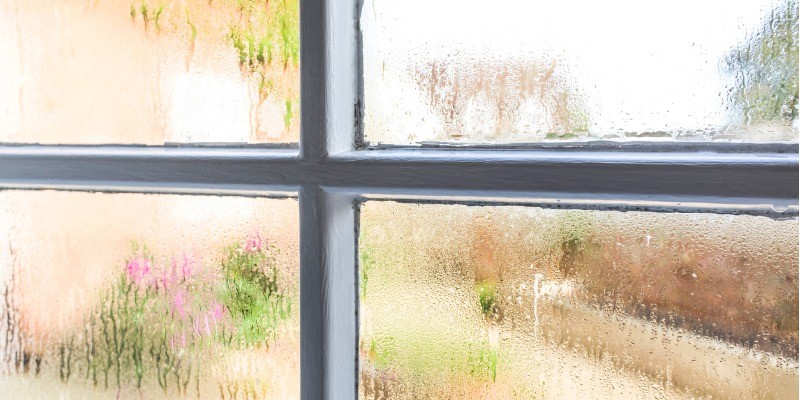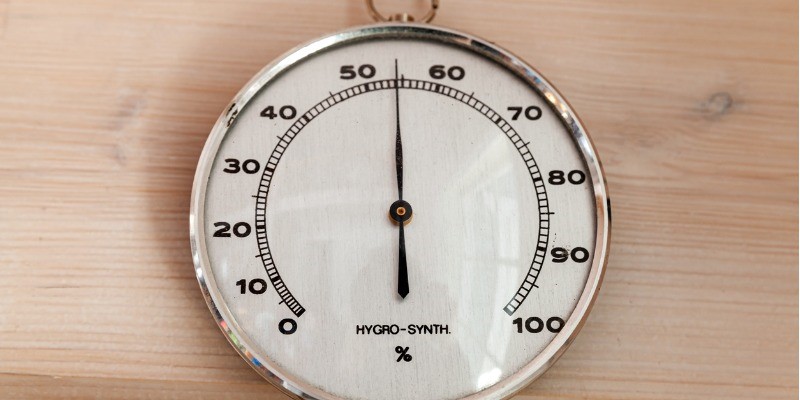Humidity is a measurement of the moisture content in the air. Temperature affects humidity. The warmer it is, the more humidity the air can carry. It works the other way too; different levels of humidity cause us to perceive the same temperature differently. It’s like how the wind affects how warm you feel when you’re outside. Here’s what you need to know about how your home’s humidity is affecting how comfortable you are and how you can change it to fit your needs.
How Humidity Affects Temperature
The small droplets of moisture in the air help the air hold on to heat better. So, in winter, when the temperature drops, we get even colder than we should because the humidity also drops. With fewer water droplets, the heat inside your home escapes more quickly into the outside air.
In the summer, the opposite happens. High humidity levels can make us warmer than we would otherwise be. There’s another reason for this one. As we get too warm, humans sweat to cool down. As sweat evaporates it takes heat with it. However, when there’s a lot of moisture in the air, our sweat can’t evaporate as quickly. Therefore, we can’t cool off as effectively in high humidity.
Ideal Humidity in a House
So, if humidity affects how we feel in our homes, what humidity level is best? The ideal relative humidity levels to have in your homes, according to health Canada is not less than 30% in the winter and not higher than 55% in the summer. This balance will typically keep you and your family the most comfortable.
This level of humidity is important for our respiratory comfort as well. For example, too low levels of humidity can cause a sore and dry throat, mouth, and eyes. High humidity can cause mold growth, which can irritate the lungs of susceptible individuals. If you have a respiratory infection, too high or low humidity might make it worse. It’s all a balance.
How do you achieve this humidity? You might need a dehumidifier or a humidifier. You may also need fans to help remove excess humidity from your bathroom or kitchen, both rooms that produce humidity.
When to Check Your Humidity
Unfortunately, you can’t just run a humidifier or dehumidifier all year. You need to check in with your home’s humidity levels in the spring when they start to rise, and in the fall, when they start to drop. You should also monitor your humidity levels through the year, to make sure that your efforts to control humidity aren’t working too well and actually raising or lowering the humidity more than you need it to.
Humidity levels in your home can vastly influence your comfort levels resulting in a home that is too stuffy or dry. Contact the professionals at Dows ClimateCare for more information on how they can help control humidity levels in your home.
Sources:
https://www.griffithenergyservices.com/articles/humidity-affects-home-manage
https://www.brennanshvac.com/articles/humidity-temperature-strange-link-know
https://www.robertbpayne.com/perfect-indoor-humidity-for-all-seasons/







